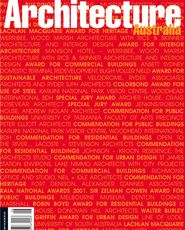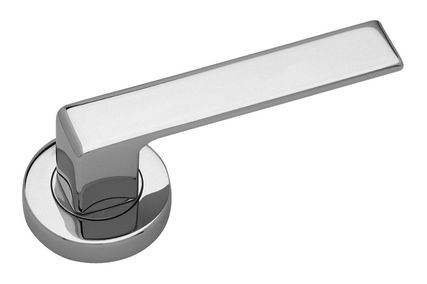This year’s national jury visited a collection of remarkable buildings across australia. It was a great privilege, and at times a humbling experience, to encounter the work.
While architects are often discouraged when they see around them missed or mishandled opportunities for good buildings, much of the work that has been completed in this country over the past two years is of exceptional quality in terms of both inventiveness and execution.
It was particularly gratifying to see architects involving themselves in the full process of building, and leading their teams by example and inspiration. This dedication to the whole process gives the best opportunity to create great architecture. Good architecture brings great benefit to the communities it serves, and the national jury was mindful, when considering a building, of the role the architect had played in bringing the work to fruition.
The buildings honoured this year clearly demonstrate that architecture is a strong art here, with many very skilled practitioners contributing to our culture and heritage.
In the categories the jury had to work within, entries for the urban design award raised sustained debate about just what “urban design” is.
While the term is now in everyday usage, its meaning and range of application remains elusive. The jury’s view is that urban design should be critically concerned with the making of the public domain as a place of meaning. It was from that view that we assessed the projects in that category.
The housing field was, as is usual, a crowded one. Among the projects Submitted were a pair of individual houses of exceptional quality. The jury thought that both projects were as worthy of the robin boyd award as donovan hill’s premiated d house. The d house was selected, after much reflection, because of its engagement with urban issues and its wonderful achievement within a modest budget. However the jury felt strongly that the jenkins/robson house and the archer house could not be given second place in a list; their qualities needed to be acknowledged in another way. They are the recipients of the two special jury awards.
In all categories, the emerging skills of our younger practitioners were clearly evident. As we feel our way into the 21st, with all its uncertainties, we must be optimistic that the future of our architectural culture is in good hands. This emerging group of young practitioners is represented across the country, in all states, and, significantly, has produced exceptional work in rural areas for those communities that include indigenous communities. This is a cause for particular celebration and optimism for this country's architectural future.
Ed Haysom















